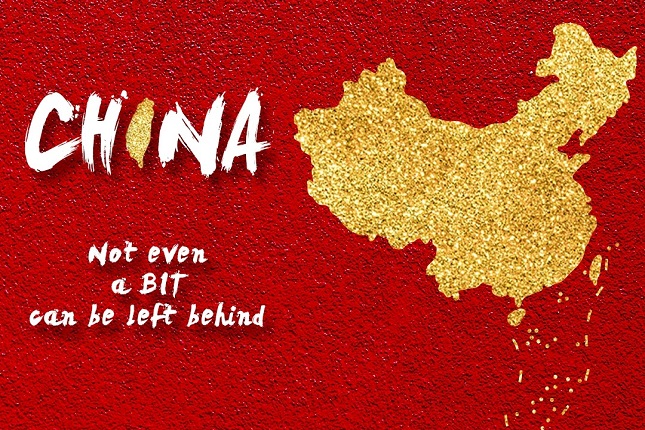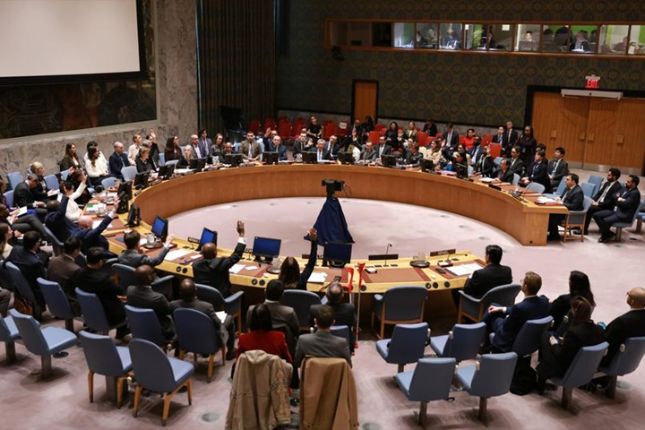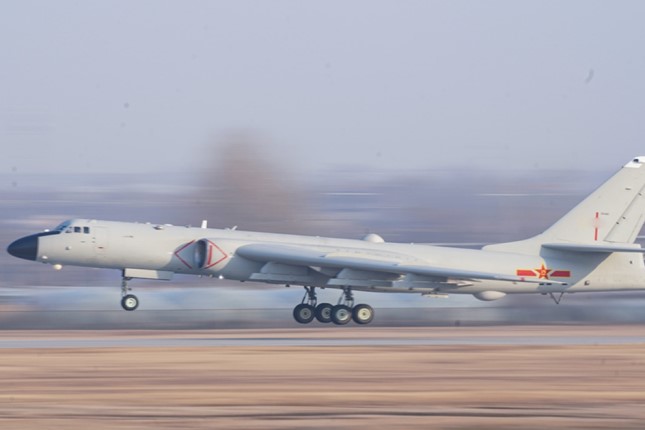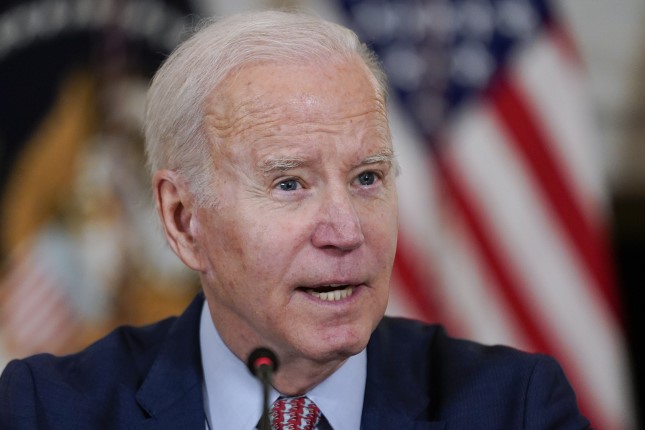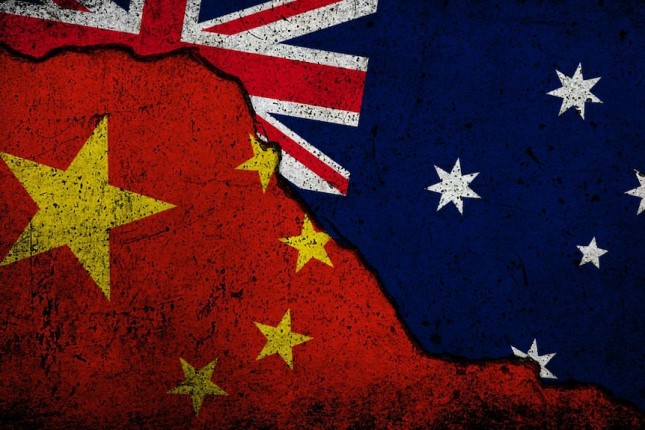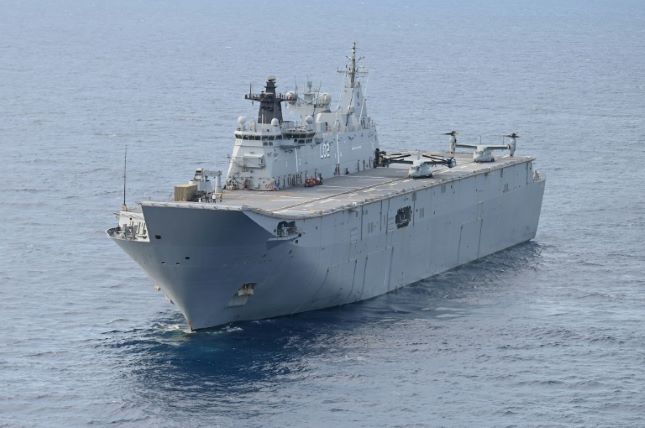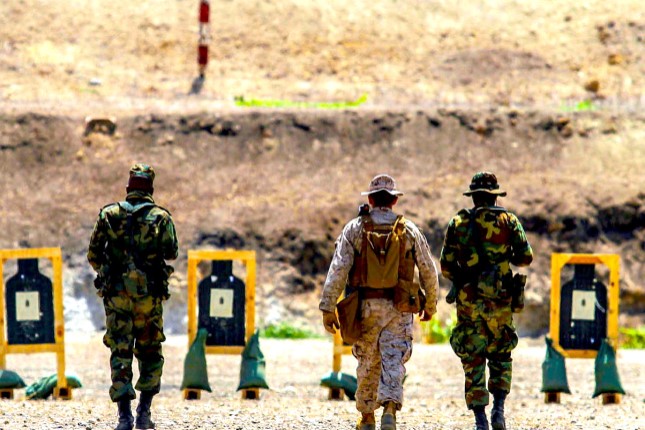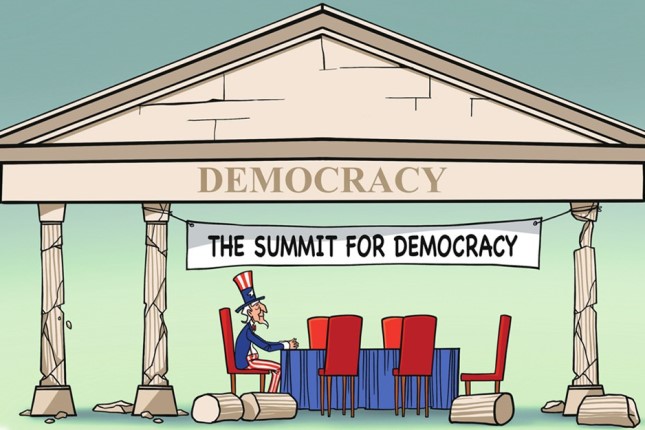The Taiwan Affairs Office of the State Council and the State Council Information Office of China published a white paper titled "The Taiwan Question and China's Reunification in the New Era" on Wednesday, following the tensions triggered by US House Speaker Nancy Pelosi's provocative visit to Taiwan island last week.
The white paper, which demonstrates the resolve of the Communist Party of China (CPC) and the Chinese people and their commitment to national reunification, was released amid escalating cross-Straits tensions and the People's Liberation Army (PLA)'s military drills against Taiwan secessionists and foreign interference. Analysts said the white paper's release is a warning to Taiwan authorities as well as external forces, as the mainland is much stronger to solve the Taiwan question under the new circumstances.
The white paper included new content based on the situation of the new era, including specific warnings to the secessionist Democratic Progressive Party (DPP) that currently rules the island by saying its secessionist actions are obstacles that "must be removed," and it also highlighted the US' dangerous role in interrupting China's reunification process. The document provides more clear guidelines for the post-reunification governance over the island and why it will benefit the international community.
"We are one China, and Taiwan is a part of China. This is an indisputable fact supported by history and the law. Taiwan has never been a state; its status as a part of China is unalterable," says the white paper, noting that the CPC is committed to the historic mission of resolving the Taiwan question and realizing China's complete reunification.
"The realization of complete national reunification is driven by the history and culture of the Chinese nation and determined by the momentum towards and circumstances surrounding our national rejuvenation," the white paper says.
"Never before have we been so close to, confident in, and capable of achieving the goal of national rejuvenation. The same is true when it comes to our goal of complete national reunification," it added.
Speed up the process
The white paper included much new content that reflects the characteristics of the new era. It for the first time mentioned the DPP and stressed that "The actions of the DPP authorities have resulted in tension in cross-Straits relations, endangering peace and stability in the Taiwan Straits, and undermining the prospects and restricting the space for peaceful reunification. These are obstacles that must be removed in advancing the process of peaceful reunification."
It also highlighted that "Today, China has grown into the world's second-largest economy. With significant growth in its political, economic, cultural, technological and military strength, there is no likelihood that China will allow Taiwan to be separated again."
Analysts said the previous two white papers on the Taiwan question were released in 1993 and 2000, and publishing the latest one is necessary as the situation has deeply changed in past decades, and the document has also further clarified in what circumstances the Chinese mainland will be forced to use the military option.
"Use of force would be the last resort taken under compelling circumstances. We will only be forced to take drastic measures to respond to the provocation of separatist elements or external forces should they ever cross our red lines," the white paper said.
Following the unprecedented military drills conducted by the PLA that encircled the island of Taiwan, the latest white paper is part of the comprehensive effort made by the Chinese mainland to further promote or even speed up the reunification process, said experts.
Some analysts from Taiwan said development of situation in the Taiwan Straits in the past 10 days reminds them of "the Peking model," when the PLA encircled Peking (now Beijing) in 1949 and peacefully forced the KMT to surrender.
In January 1949, the PLA encircled Peking, which was then occupied by the KMT forces, and eventually forced the KMT commanders to surrender so the liberation of the city was peaceful. After that, the PLA also liberated multiple cities, provinces and regions in the mainland with similar approaches including Changsha, Kunming, Chengdu and Xinjiang.
Li Fei, a professor at the Taiwan Research Institute at Xiamen University, told the Global Times that "the Peking model," in other words, is an idea of "smart reunification" - an approach combining peaceful efforts and military strength.
Experts believe that either peaceful reunification or the "Peking model," or the last approach mentioned in the white paper, is based on the general trend. Relevant forces must recognize that the general trend has arrived, and not act as obstacles that oppose the trend.
The PLA Eastern Theater Command announced on Wednesday that it had successfully completed various missions during recent drills around the island and noted that it will regularly organize combat readiness security patrols in the Taiwan Straits, which experts said indicate that the PLA is ready for combat at any time when national sovereignty and territorial integrity is threatened.
Under the current situation across the Taiwan Straits, the release of the white paper demonstrates the unshakable and rock-solid resolve of the Chinese people to safeguard national sovereignty and territorial integrity, the Taiwan Work Office of the CPC Central Committee said in a statement on Wednesday.
The white paper demonstrates the position and attitude that the CPC and the Chinese government will continue to strive for peaceful reunification with the utmost sincerity and utmost efforts, and maximize the understanding and support of Taiwan compatriots and international community, the statement said.
Declaration of promoting reunification
As China's third white paper over the Taiwan question, the latest version consists of five parts, including resolute efforts of the CPC to realize China's complete reunification, and ways to promote reunification in the new era. The previous edition was "The Taiwan Question and Reunification of China" (1993) and "The One-China Principle and the Taiwan Question" (2000).
Like the previous editions, the third white paper once again stressed that peaceful reunification and "one country, two systems" are China's basic principles for resolving the Taiwan question and the best approach to realizing national reunification. It says the differences in social system in mainland and Taiwan are "neither an obstacle to reunification nor a justification for secessionism."
Experts said that compared with the previous two editions, the latest white paper highlights the "national development and progress lead reunification," and clarifies that the most critical factor determining the general trend of reunification is China's development and progress, which suggested that the mainland's ability to solve the Taiwan question is getting stronger.
Relying on external forces will achieve nothing for Taiwan's secessionists, and using Taiwan to contain China is doomed to fail, says the white paper, "The wheel of history rolls on towards national reunification, and it will not be stopped by any individual or any force."
In the previous two white papers, the Chinese term "Taidu", or "Taiwan Independence" in English, was mentioned five times each, but in the latest one published on Wednesday, the term is mentioned 36 times, and the relevant tone of warning and criticism is much stricter and tougher.
Zhu Guilan, an expert from Institute of Taiwan Studies under Tsinghua University, said the white paper sends the highest-level criticism and warning to the DPP from the mainland.
The more violently external forces play the "Taiwan card", the faster and stronger Chinese central government will be in promoting reunification, Wang Yingjin, director of the Center for Cross-Straits Relations studies at the Renmin University of China told the Global Times.
The white paper is both a declaration to promote reunification and a declaration against Taiwan secession, Wang said.
The expert said crushing secessionists will become the main axis of the mainland's work towards Taiwan in the future, which means secessionists' space will be further squeezed.
After reunification
"It has been more than 20 years since the two previous white papers were published, during which time China has become the world's second-largest economy, completed the building of a moderately prosperous society in all aspects as scheduled, and entered an irreversible historical process of realizing the great rejuvenation of the Chinese nation. The mainland is more confident, and capable to accomplish the national reunification. Therefore, a new white paper suited to the new era is needed," Ji Xin, a Taiwan-based expert told the Global Times.
Experts noted that the latest white paper was published in the context of the upcoming 20th National Congress of the CPC. Standing at the crossroads of history, the white paper not only summarizes the past, but also faces the future, and also targets the current situation.
Although the release of this white paper is an important part of implementing the Party's overall strategy to resolve the Taiwan issue in the new era, it is also objectively a tough response to the new round of tensions across the Taiwan Straits caused by Pelosi's visit, "after military and economic countermeasures, this should be seen as a political one," said Zhang Hua, a research fellow at the Institute of Taiwan Studies, the Chinese Academy of Social Sciences.
The white paper says that the future of Taiwan lies in China's reunification, and the wellbeing of the people in Taiwan hinges on the rejuvenation of the Chinese nation.
Once peaceful reunification is achieved under "one country, two systems," it will lay new foundations for China to make further progress and achieve national rejuvenation. At the same time, it will create huge opportunities for social and economic development in Taiwan and bring tangible benefits to the people of Taiwan, it says.
The white paper also sets the guideline for the post-reunification governance of the island, as well as what influence China's reunification will bring to the international community. Analysts said this showed China's sincerity and efforts to win support and understanding from the international community, to actively shape a friendly external environment to serve its goal of reunification.
"Peaceful cross-Straits reunification is of benefit not only to the Chinese nation, but to all peoples and the international community as a whole. The reunification of China will not harm the legitimate interests of any other country, including any economic interests they might have in Taiwan," said the document.
"On the contrary, it will bring more development opportunities to all countries," and "After reunification, foreign countries can continue to develop economic and cultural relations with Taiwan. With the approval of the central government of China, they may set up consulates or other official and quasi-official institutions in Taiwan, international organizations and agencies may establish offices, relevant international conventions can be applied, and relevant international conferences can be held there," according to the white paper.
Photo: China, not even a bit can be left behind © Deng Zijun/GT
Source: The Global Times
